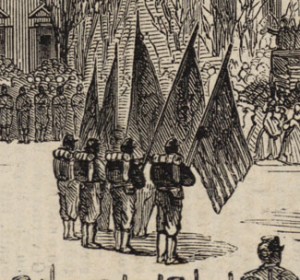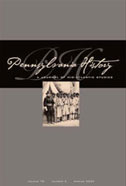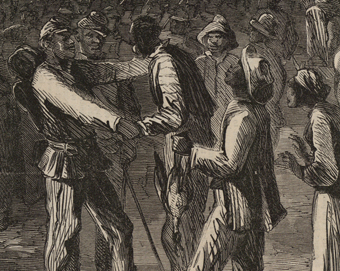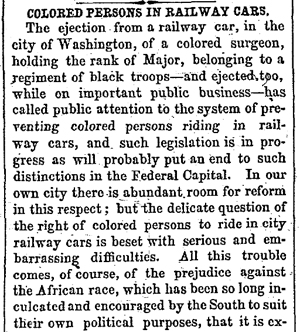As USCT regiments were organized in northern states, they were often honored at ceremonies held in local cities or at their training camps. A previous post described a flag raising ceremony at Camp William Penn. This article in Frank Leslie’s Illustrated Newspaper, however, described the event at which the 20th USCT received their colors in New York City. “A vast crowd of citizens of every shade of color, and every phase of social and political life, filled the square, and streets, and every door, window, veranda, tree and housetop that commanded a view of the scene was peopled with spectators,” as the reporter observed. You can read the entire article here.
(Courtesy of the House Divided Project – “The Fete to the 20th U. S. Colored Infantry,” Frank Leslie’s Illustrated Newspaper, March 26, 1864, p. 7: 3-4.







